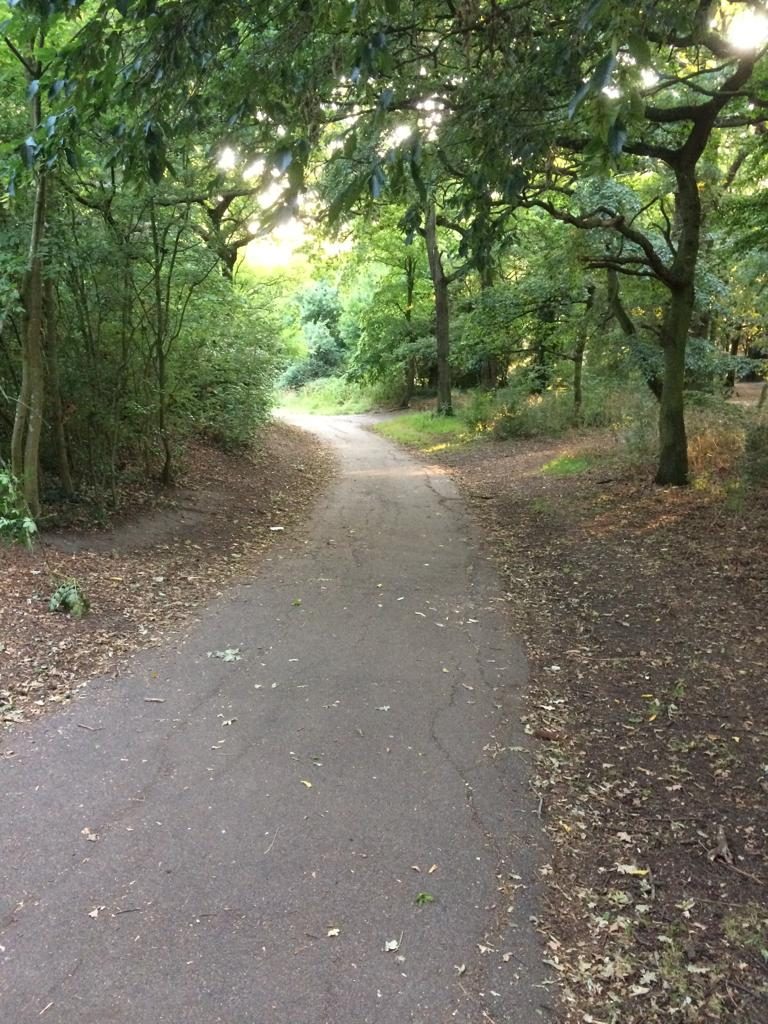Compared to the rest of Lewisham, Forster Memorial Park has not changed too much in the last 1,000 years. The fences, benches and football pitches may be modern, but the woodland in the park is of ancient origin (meaning it dates from before 16th century) and the land has never been built on.
Tradition has it that one of the earliest owners of this area was Elfrida, a daughter of Alfred the Great. In truth it was King Edgar (943–975), who, in 964, granted the manor to the Benedictine Abbey of St Peter’s in Ghent in Belgium. They owned it until 1415, when King Henry V gave the property to the new Carthusian Priory of Bethlehem in Shene, west London.
In the 16th century, the area was royal land for many years and then became privately owned. One of the first mentions of the Forster family was in 1798, when solicitor and part-time soldier John Forster raised volunteers for local defence during the Napoleonic Wars. By 1904 some 1,000 acres of land in Lewisham belonged to the Forster family, whose house, Southend Hall, was on the corner of Whitefoot Lane and Bromley Road.
The coming of the railways in the 1890s brought change to the area. Stations were opened at Bellingham and Hither Green, where Archibald Corbett built the St. Germans Estate, which by about 1905 extended to Hazelbank Road. However, the area beyond, which is now Downham, remained farmland.
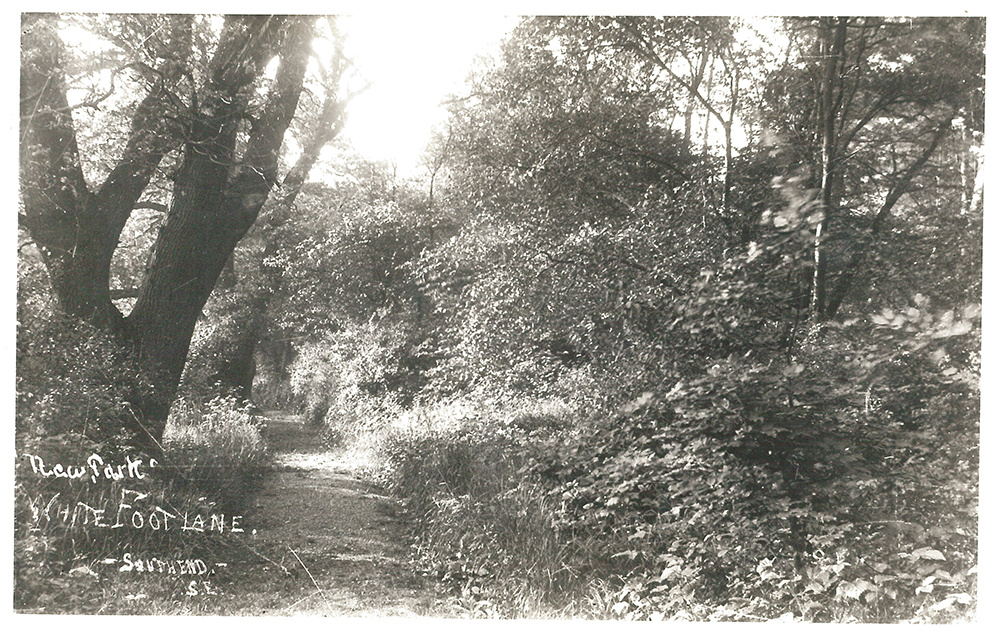
Henry Forster owned the land that is now the park at the outbreak of the First World War. A long time MP, he served in the government during the war and was later ennobled as 1st Baron Forster, but his two sons, John and Alfred Henry, both died as a result of the conflict. Lord Forster, whose title died with him as he had no living male heir, gave the land for the park to the people of Lewisham in memory of his boys. Forster Memorial Park was formally opened by one of their two sisters, Dorothy Lubbock, in 1922.
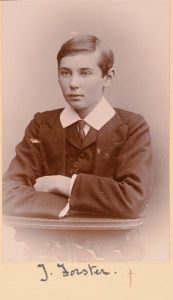

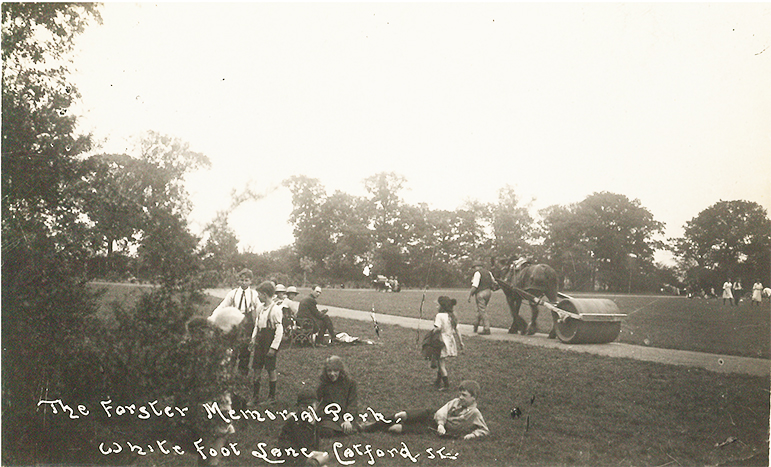
The interwar years saw the park increasingly surrounded by buildings as the estates at Downham and Bellingham were built in the 1920s and 1930s. At the same time, though, the park itself increased in size by almost double with the purchase of additional land in 1937. A few years, later as the Blitz impacted London over 1,000 bombs dropped on Lewisham from October 1940 to June 1941. One high explosive device landed directly in Forster Memorial Park, on what is now the football pitch.
In the years after the war, the park remained a crucial open space for local residents. For example, Mary Bennett moved to London when she married in 1944 and would regularly take her two children to Forster Memorial Park. She gradually became more involved, first volunteering and then employed to organise games for children. At its height, she arranged 105 five-a-side football teams, netball teams and dancing classes. Mary continued her connection with the park after retirement, and the new pavilion near the sports field is named after her. She passed away in 2018.
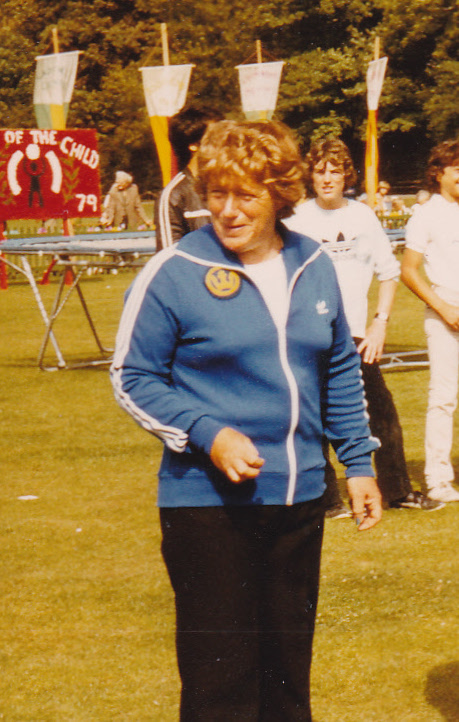
For more than a century Forster Memorial Park has belonged to the people of Lewisham. Exactly who Alfred Henry and John Forster were may have faded from common knowledge, yet the park remains a fitting commemoration for two men whose lives were cut short. Founded by a father as a poignant memorial to his sons, the park has been a special place for generations of families. For both children and their parents, this green, open space in South London remains crucial for exercising both body and imagination.
Malcolm Cossons 2019
